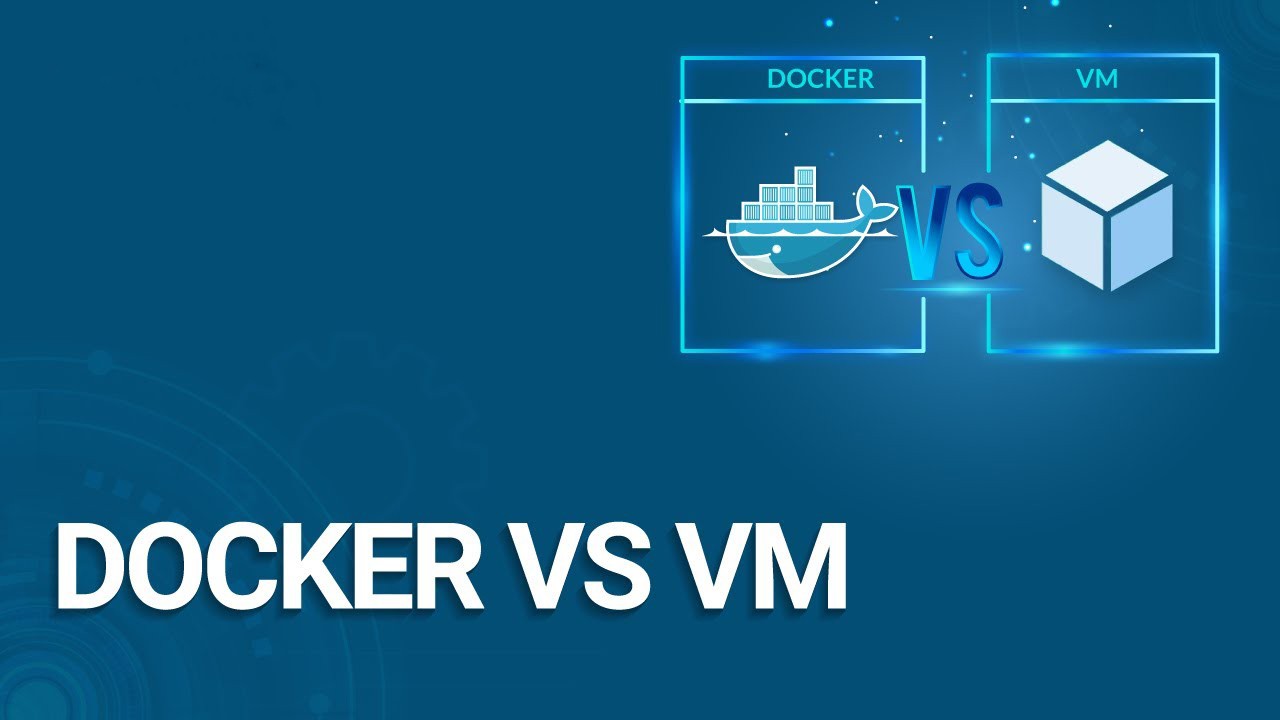Arch Linux vs. Fedora: An In-Depth Comparison to Aid Your Linux Distribution Decision
When it comes to choosing a Linux distribution, making the right choice can be a pivotal decision. Among the myriad of options, two stand out: Arch Linux and Fedora. This blog post aims to dissect these two distributions thoroughly, equipping you with the knowledge necessary to make an informed decision about which one best suits your unique needs.
Unveiling Arch Linux
Arch Linux has made a name for itself with its minimalistic, do-it-yourself philosophy. It follows a rolling release model, which means you’re consistently up-to-date with the latest software without undergoing complete system overhauls. Arch Linux relies on the Pacman package manager, an efficient tool for managing software packages, simplifying installation, updates, and removals. The hallmark of Arch Linux is its penchant for customization, giving users the freedom to build their systems from the ground up.
Embracing Fedora
Fedora, in stark contrast, is known for its unwavering commitment to open-source principles and its proclivity for cutting-edge technology. It strikes a balance between stability and up-to-date software. Fedora uses the DNF package manager and offers three primary editions: Workstation (for desktop users), Server (for server environments), and IoT (for Internet of Things applications). Notably, Fedora serves as the upstream source for Red Hat Enterprise Linux (RHEL), underscoring its significance in the Linux landscape.
http://informationarray.com/2023/09/02/arch-linux-vs-debian-deciphering-the-ideal-linux-distribution-for-you/
A Head-to-Head Comparison: Arch Linux vs. Fedora
To guide you in your decision-making process, let’s delve into a comprehensive comparison between Arch Linux and Fedora across several key facets:
| Aspect | Arch Linux | Fedora |
|---|---|---|
| Installation | Complex, manual installation process | Straightforward, user-friendly installer |
| Package Management | Pacman package manager | DNF package manager |
| Software Repositories | Extensive, may require additional setup | Comprehensive, well-maintained repositories |
| Release Model | Rolling release, always up-to-date | Regular releases with a stability focus |
| Customization | Highly customizable, build from scratch | Customizable, though not as extreme as Arch |
| Desktop Environment | No default, choose your preferred DE | Comes with GNOME by default |
| Community and Support | Active, helpful community, abundant documentation | Strong community and official support |
| System Stability | Potential for occasional instability due to rolling release | Offers a balance between stability and updates |
| Use Cases | Ideal for experienced users and those who seek total control | Suited for a broad range of users, including desktop and server environments |
Making the Decision
Selecting between Arch Linux and Fedora boils down to your unique needs and preferences. Here are some recommendations to help you decide:
Opt for Arch Linux If:
- You’re an experienced Linux user or enthusiast who relishes hands-on customization.
- Staying on the bleeding edge with the latest software is a top priority.
- You’re comfortable with manual configurations and adept at troubleshooting.
- You seek a lightweight, minimalist system tailored precisely to your requirements.
Opt for Fedora If:
- You value a harmonious blend of up-to-date software and system stability.
- You prefer a straightforward installation process and a user-friendly desktop environment (Fedora Workstation).
- You’re interested in embracing the latest open-source technologies and require a dependable development platform.
- Your use cases span from everyday desktop computing to managing servers.
In conclusion, Arch Linux and Fedora epitomize two distinctive Linux philosophies—one focusing on deep customization and the other on balancing stability and innovation. Your choice hinges on your level of expertise and the specific use cases you intend to address. Regardless of your decision, both distributions offer a rich and rewarding Linux experience. You’ll also join a vibrant and supportive Linux community ready to help you navigate the world of open-source software.









